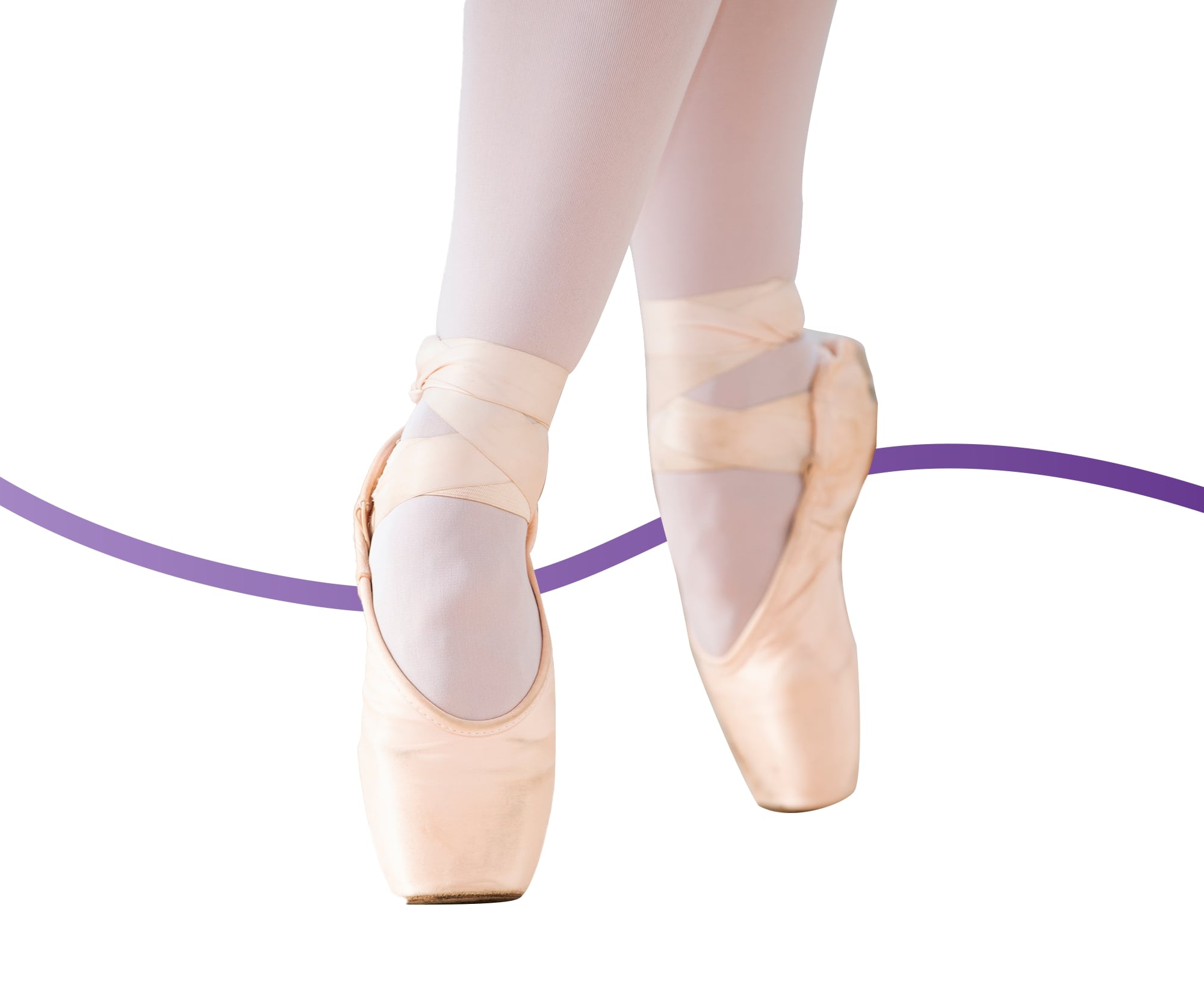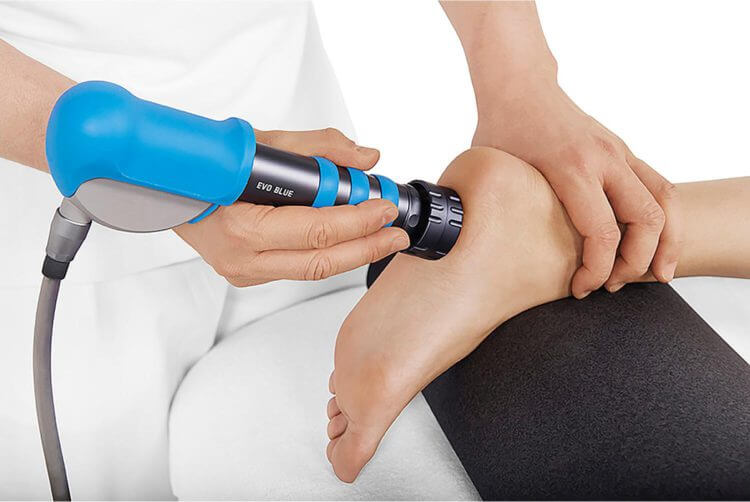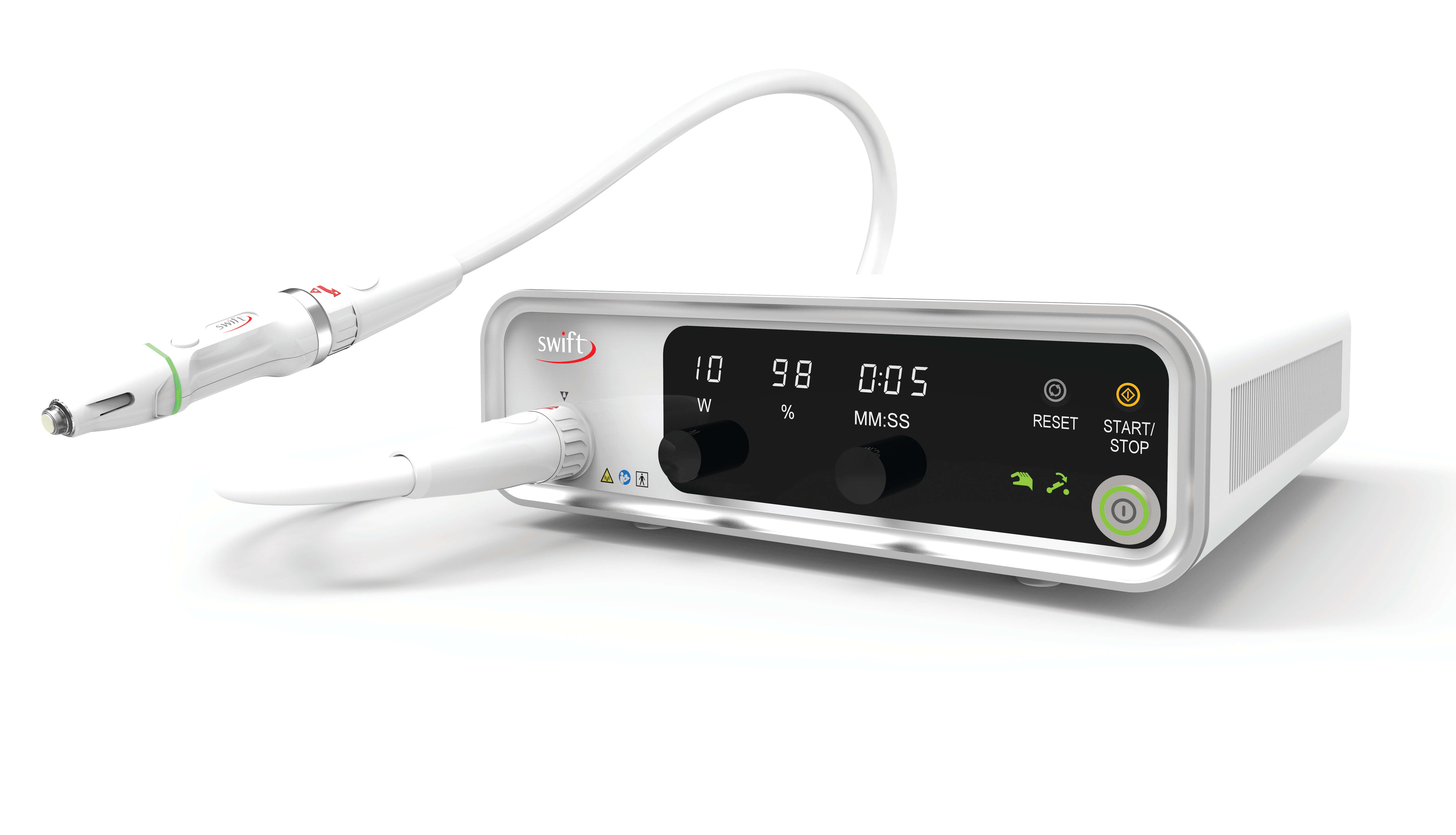
Progressing to en pointe is a big step in any dancer's journey, not only in terms of their skill development, but in the large and straining demands being placed on their bones and joints. During en pointe, up to ten times a dancer’s body weight will be carried on their toes, which must be supported with great strength, flexibility, control and technique. Leaping into en pointe training before you’re ready places you at a significant risk of injury to the foot and ankle.
A pre-pointe assessment with our Brisbane podiatrists identifies any issues and deficiencies that must be addressed to help you progress safely through your training, help you avoid injury, and help optimise your performance. Pre-pointe assessments are now a standard requirement for many dance schools and ballet academies to provide ballet dancers a form of medical safety clearance to progress to this next step.
At its core, a pre-pointe assessment helps prevent dancers from getting injured by starting en pointe training before their bodies are ready. It is a comprehensive examination that will either give them the go-ahead to begin training paired with advice and additional exercises to optimise their performance, or it will advise them of what they need to do to best prepare their feet and ankles for this next step if it looks like they are physically and functionally not yet ready. Pre-pointe assessments establish a baseline of a person’s strength and mobility, and involve a physical assessment, a functional assessment, and a detailed medical, dance and injury history.
Some of the areas we look at during your pre-pointe assessment include:
Height of rise
If your height of rise is inconsistent, it may decrease your ankle stability and make you more prone to overuse injuries in the lower leg. When your height of rise is consistent, we can ascertain that the strength and endurance of your calves is sufficient to support you through en pointe training.
Quality of rise
The quality of rise is the control with which it is performed and lowered. If the heel is dropped too quickly, it can indicate poor
eccentric muscular control in the calves, which is important for ideal shock absorption control when landing from jumps, as well as
protecting the back of the ankle joint and Achilles tendon.
Pointe range
Insufficient or restricted point range is a common problem, being linked to not only the range of motion in the ankle but also strength to
help articulate the feet well.
Turnout range
The turnout describes the available movement and strength of the hip rotator muscles. A good turnout range requires both symmetry and
strength for even forces to be distributed around the hips, which greatly influences technique and leg alignment control.
Ankle alignment on rise
When rising, we should see a vertical alignment of the leg, ankle and foot. Ankles that roll either inwards or outwards may indicate muscle weakness in the lower leg and ankle, which is an injury risk.
Intrinsic muscle strength
If the toes curl or grip when rising instead of remaining straight and being firmly pressed against the floor, this likely indicates
weakness in the intrinsic muscles of the foot.
Calf muscle activation
The gastrocs at the back of the calves are key to pointing and rising. Rising to demi pointe, the calf muscles should be activated early
and efficiently. When they’re not, certain muscles may have to overwork instead, leading to tightness and overuse injuries.
Pelvic stability
The pelvis should be stable and controlled, as opposed to hitching or rotating, which may indicate weakness in
the glutes or core.
Ankle flexibility
When ankle flexibility is restricted, this can make it difficult to keep the heels down when landing from jumps,
increasing the pressure on the surrounding joints and encouraging the ankle to roll in.
Ankle strength
The muscles and ligaments that support and stabilise the ankle must be at a good strength in order to perform
their role properly and help prevent ankle injuries.
The assessment starts with a comprehensive medical, dance and injury history. This information can also guide any additional assessments we perform to ensure that you have sufficiently recovered from any previous injuries. Next, we perform your physical and functional assessment - this is all of your range of motion, strength and stability testing. We look at your joints and muscles both in isolation, and during ballet movements and techniques. Based on the results of your assessments, we’ll compile a report, make recommendations about your suitability to begin dancing en pointe, and create an exercise plan to address the areas of weakness, inflexibility or poor control that we’ve identified. We may continue to see you periodically as your progress through your plan to reassess your progress.
Visit one of our Brisbane Podiatry clinics
If you would like to talk to one of our team, visit us at one of two Brisbane based locations, CBD & Newmarket.

Shockwave is a new and advanced, non-invasive treatment for painful foot and leg problem like plantar fasciitis, Achilles tendinopathy, shin
splints, knee pain & more.

Swift uses medical microwave technology that is highly effective in resolving warts and verrucae. The machine allows us to deliver a focused
microwave signal to a pre-determined depth into the skin, ensuring only the wart is treated.

Custom foot orthotics are special shoe inserts that can help treat a number of common foot concerns. Our podiatrists recommend custom-made
orthotics as these are designed specifically for your feet, helping to support the natural shape of your foot, and improve your overall
posture and foot function.
| Monday | 7:40am - 6:00pm |
| Tuesday | 7:40am - 6:00pm |
| Wednesday | 7:40am - 6:00pm |
| Thursday |
7:40am - 6:00pm |
| Friday | 7:40am - 2:00pm |
| Saturday | CLOSED |
| Sunday | CLOSED |
Ground Floor, 344 Queen Street,
Brisbane City QLD 4000
| Monday | 7:40am - 6:00pm |
| Tuesday | 7:40am - 6:00pm |
| Wednesday | 7:40am - 6:00pm |
| Thursday |
7:40am - 6:30pm |
| Friday | 7:40am - 5:00pm |
| Saturday | 7:40am - 4:30pm |
| Sunday | CLOSED |
Newmarket Village, 114/400 Newmarket Rd, Newmarket QLD 4051